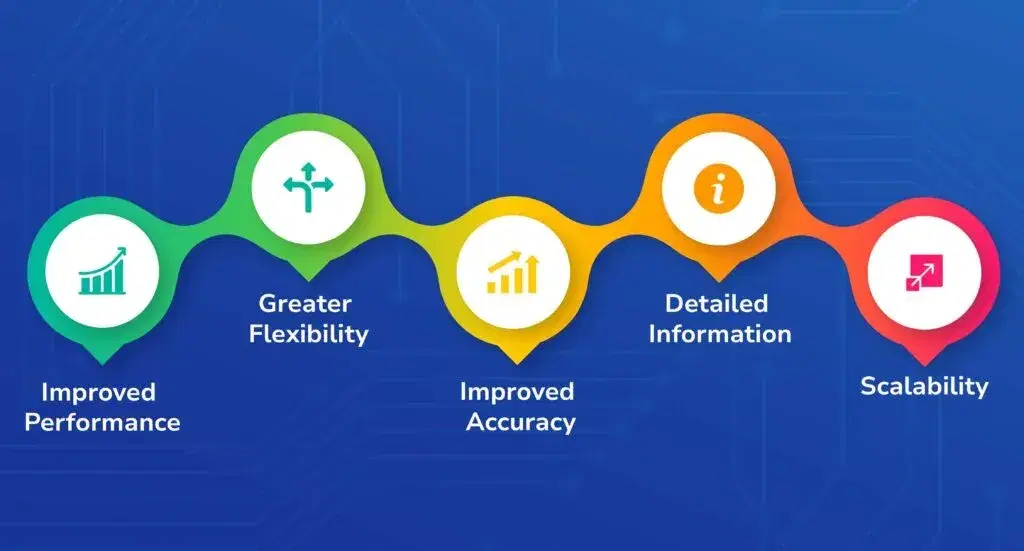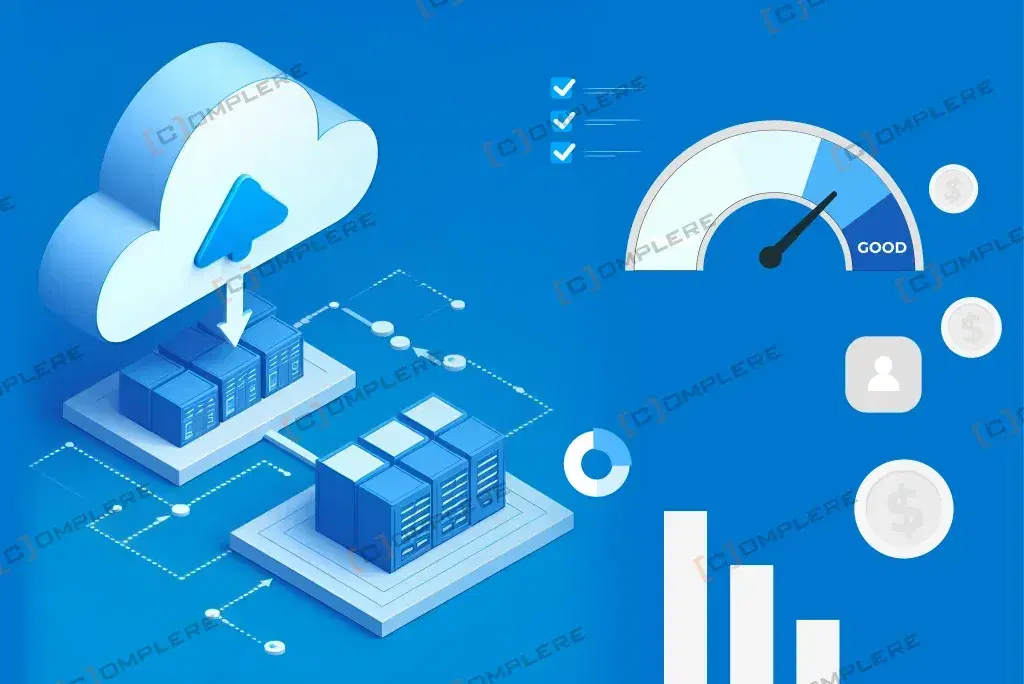Introduction
Why Power BI Is Must in 2025?
- AI-Powered Insights - Built-in smart features to find patterns in your data automatically. No technical skills are needed to discover what is really happening in your business.
- Real-Time Collaboration - Teams can share and discuss data instantly from anywhere. Perfect for both remote and hybrid work environments.
- Cost-Effective Scaling - Works seamlessly with Microsoft tools you already use. Grow with your business without breaking the budget.
What is Advanced Data Modeling?
5 Benefits of Using Power BI:

- Improved Performance: Efficient models reduce processing time and improve the responsiveness of Power BI dashboards.
- Greater Flexibility: Advanced models are designed to adapt changes more frequently than traditional models. They can easily change as per your business requirements and data sources.
- Improved Accuracy: These models effectively manage and update data by effectively reducing mistakes and providing the assurance of consistency across reports.
- Detailed Information: Advanced modeling allows you to explore complicated relationships and patterns. That will work far better than basic modeling.
- Scalability: You cannot refuse the fact that business data grows along with time. Advanced models are proven for flexibly scaling to effectively manage increased data loads without affecting performance.

6 Steps to Advanced Data Modeling in Power BI:
- Clearly identify what you want to achieve with your data
- Set specific goals like trend analysis or daily operations tracking
- These objectives guide your entire modeling process
- Gather data from all relevant sources
- Clean data by removing errors and filling missing values
- Ensure all information is in a usable, consistent format
- Structure your data by creating tables and relationships
- Use Power BI's drag-and-drop interface for easy setup
- Apply DAX formulas for complex calculations and connections
- Create custom formulas using DAX for your specific needs
- Build calculations for sales forecasts, financial summaries, and analytics
- Transform raw data into meaningful business insights
- Fine-tune DAX expressions for faster performance
- Manage data refresh schedules efficiently
- Ensure quick and reliable access for end-users
- Test your model thoroughly with real users
- Confirm it meets business needs and is user-friendly
- Deploy through Power BI service for organization-wide access















